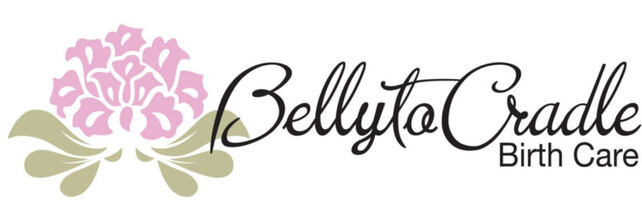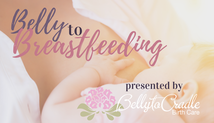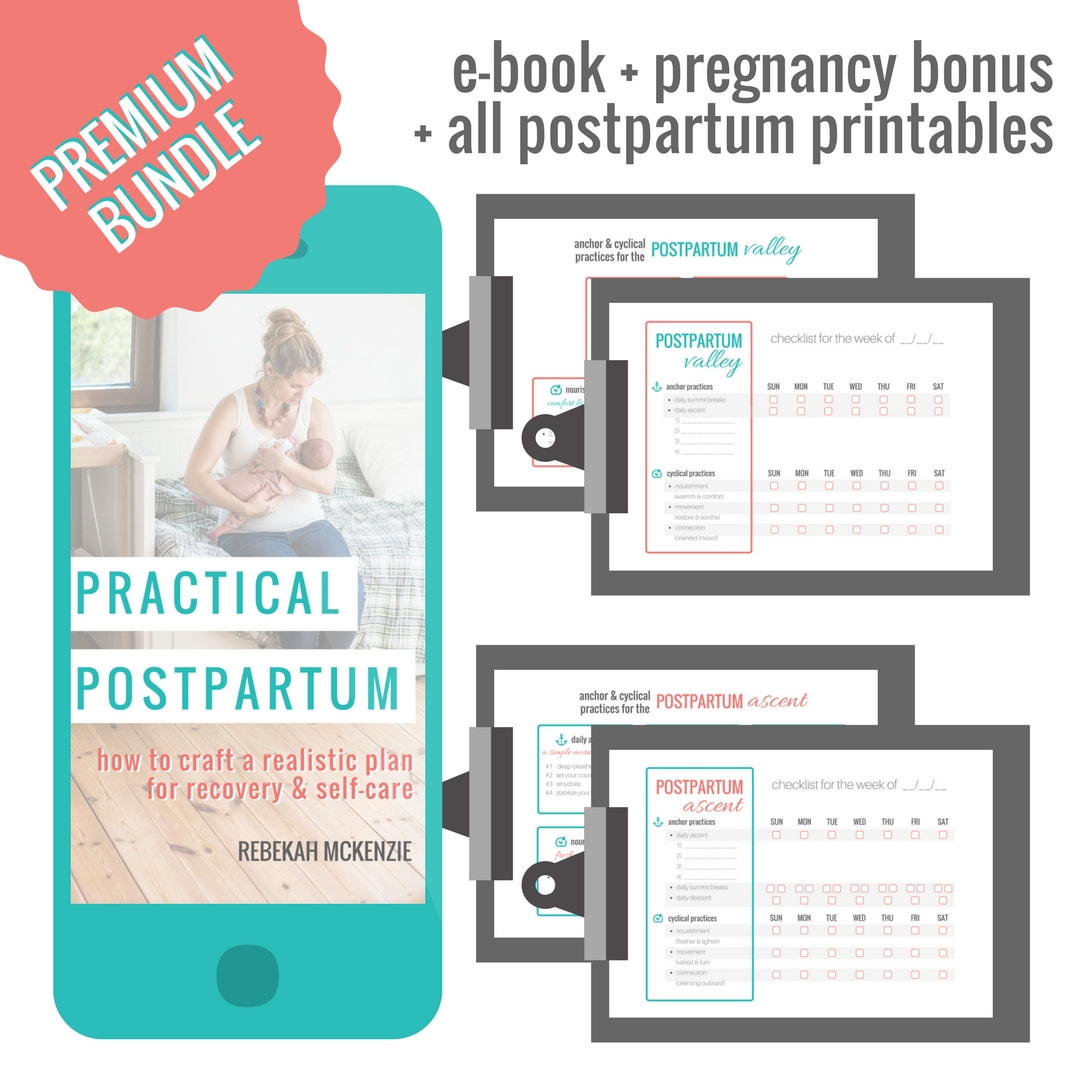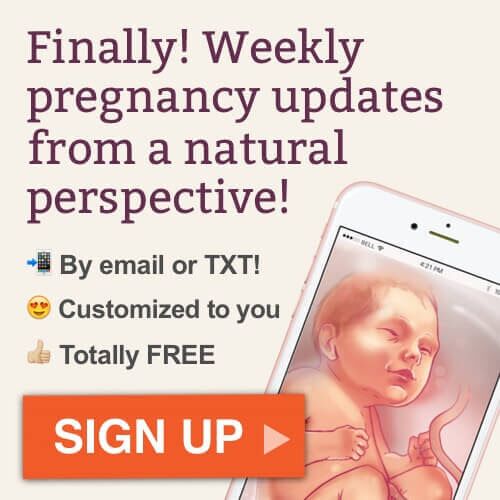 As a mother and a doula, I am used to taking care of others, to pouring my heart and soul into other people’s experiences and needs. When you are so used to tending to others, it can be incredibly difficult to recognize when you need to be tended to. Almost exactly a year ago, I heard about Rebecca Thompson’s work through a good friend and fellow birth worker, Jen Chendea. I was very interested in the topic of Healing Stories as I felt it would be a great addition of knowledge for my own work. I was not prepared when Jen asked me if I would be open to demonstrating the process of a Healing Story through telling the story of my fourth birth with my new little six-week-old daughter. At first I was reluctant—but why would I be reluctant? I had experienced a great—albeit difficult—empowering birth with a doula of my own and a fantastic team surrounding me.. How could I possibly benefit from something like this? But then I agreed—as a favor, I suppose, to Jen and the other attendees since no one else had stepped up to the plate. The first part of Rebecca’s talk was an explanation of the process and what can be gained from it. When the second part—the part I would be participating in—came up, it was honestly uncomfortable. Being surrounded by a group of people, some of whom I knew, others who were complete strangers, getting ready to share things I didn’t really want to share made me realize there were things under the surface of my birth experience that needed to be tended to. The process of telling Emmaleigh’s and my story involved telling our birth story from my perspective to the people surrounding me, and then again TO the baby as if she was an adult and could comprehend and process all of the emotions and thoughts surrounding the process. Emmaleigh lay on my stomach during this time, and was given access to breastfeed. But the storytelling included her processing what I was saying through her actions—which involved her making her own way up my belly to my breasts. This process is called a "breast crawl" and is something that any baby will automatically do from birth if given the chance. The idea behind giving a baby the opportunity to do the breast crawl is that the physiological response that comes from this physical activity--and the reward at the end, the breasts--helps the baby transition to life outside the womb and integrate the experience of birth. Basically, it helps the baby blend the lines between the womb and the world. This sounds strange at first, but it was amazing to watch her physical cues coincide with the parts of the story I was telling. You wouldn't think a six-week-old would be capable of communicating much through anything other than crying, but it was clear as she wriggled her way up my belly, that she was listening and responding to our story. As I told it, she told it through her motions. And when I got to the hard part of our story—about an intervention I didn’t want—she responded with her own frustration, crying and frantic. And as soon as I acknowledged how frustrating it had to have been for her (I had never thought about how SHE felt about her birth!) she immediately calmed and latched herself on to my breast and began nursing. I was shocked at the emotions I had not processed about the circumstances surrounding my birth and how simply telling our story helped integrate those emotions. I am used to being a support person on a birth team, not the person needing support. I suddenly realized that I had never seen my own birth from the eyes of the mother giving birth. I had analyzed it from every possible direction but my own. And being surrounded by a group of supportive, compassionate listeners made me realize it was absolutely necessary that I attend to myself before I could possibly expect to care for another mother. When I first heard about Rebecca Thompson’s work, I thought it would only help those who had traumatic birth or life experiences—I never imagined it would be helpful in my circumstance. Thankfully I was wrong and now know how deeply birth, no matter how benign it seems, can impact a mother, a child, a partner or even a whole family.
0 Comments
|
This is us.We are Women. We are Moms. We are here to help your family blossom. Archives
September 2019
Search
All
|
Building 4
Pensacola, Florida, 32504
We proudly provide
Childbirth Education, Placenta Encapsulation, Lactation Consultations & Doulas
in Pensacola, Milton, Pace, Gulf Breeze, Navarre, Crestview, Ft. Walton, Florida.
Copyright 2017, Belly to Cradle, LLC.
Photo Credits: Kayla Reeder Photography, Lynette Sanders Motherhood Photography,
Savanna Morgret Photography, Finding Beauty in the Ordinary Photography,
& New Light Birth Photography
|
|





